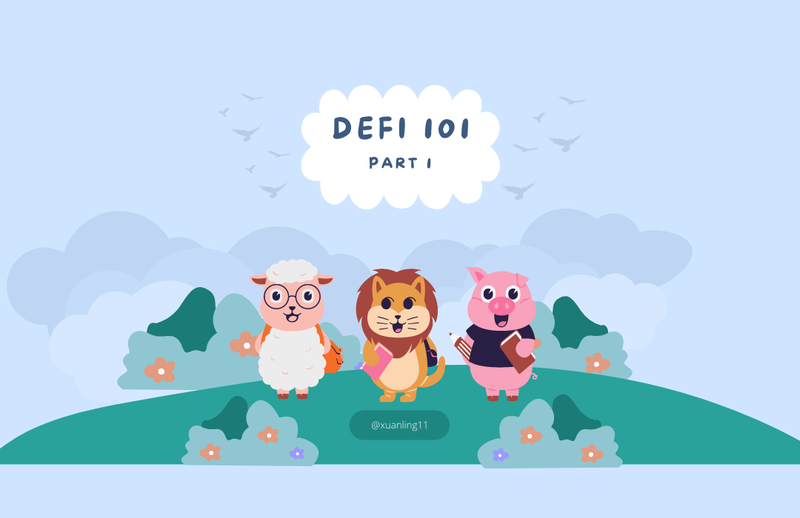
So, you want to learn Decetranlized Finance. The problem is that Defi is very confusing 😲.
Why? Because if you do not understand TradFi (Traditional Finance) or Cefi (Centralized Finance), you will run around your head and wonder why Defi did this 🤔.
The good thing is I gonna share with you some Tradfi knowledge here 😏!
Let’s roll 🗞!
🏦 A Business Model of a Bank
We may already know that banks profit from their lending services called loans. However, the background operations of such loans are opaque.
Here is how a bank works:
1️⃣ To run a bank, you need to make sure you have enough cash to payout depositors.
The lesson learned from the financial crisis in 1929 showed the central bank needed reserves for banks to provide liquidity during the crisis.
There are two types of reserves: required reserves and excess reserves.
Required reserves are by law that banks need to have a certain amount of reserves in hand to prevent running out of money. Usually, the benchmark is between 0% to 10%.
Excess reserves are to meet unknown liquidity needs. For example, during the COVID financial crisis, the Fed had to provide excess reserves to all markets to ensure sufficient liquidity to support existing lending operations.
2️⃣ Bank either holds cash or invests in interest-paying assets as loans to keep liquidity going.
If a bank runs out of money, it needs to borrow money from the central bank. It will be very costly. The bank will then make a decision either through liquidity needs or investment earns. That will be an opportunity cost for a bank to make.
Since the financial crisis in 2008, banks have held large reserves in their vaults. Because after the financial crisis, interest rates were low to reduce investment returns, the Federal Reserve started o pay interest on reserves banks held, and banks were exposed to a great demand for cash during the financial crisis.
But, it is still not able to reduce the impact of the coming financial crisis.
3️⃣ Money market for banks
The money market is the federal funds market. It provides cash overnight for banks to borrow in case they run out of money.
The money market functions either through reallocating funds between banks or adjusting interest rates.
When reallocating funds, the money market can swap a bank that has lots of lending opportunities with little cash for a bank with fewer lending opportunities with large cash on hands.
The money market determines the cost of credit in the economy or the interest rate of borrowing cash.
The federal reserve can adjust its interest rate by either increasing reserves by buying assets from banks or decreasing reserves by selling assets to banks.
How Defi Mimics Bank’s Operations
Defi project is acting as a reserve. Their token is unlimited in theory. Therefore, they can create a market for participants to trade their tokens and supply liquidity.
To become more attractive to others, they can offer higher interest rates. That does not increase the opportunity to earn more rather than attract more liquidity into their money pots.
Defi project can adjust their interest rate through supply and demand. Or they can increase the rate by decreasing token supplies or decrease the rate through increasing token supplies.
The problem of Defi is volatility.
While the dollar is fairly stable, the token is not.
It makes Defi extremely risky. Therefore, high yield is a key to attracting more users.
🎼 Stay tuned for part 2.
Follow me here
Disclosure: The article was written by a delusional author who is possibly a nut job without any questions whatsoever about expertise in the subject matter. You should not believe any words this author wrote or you may experience similar symptoms or even possibly become a nut job.
Comments